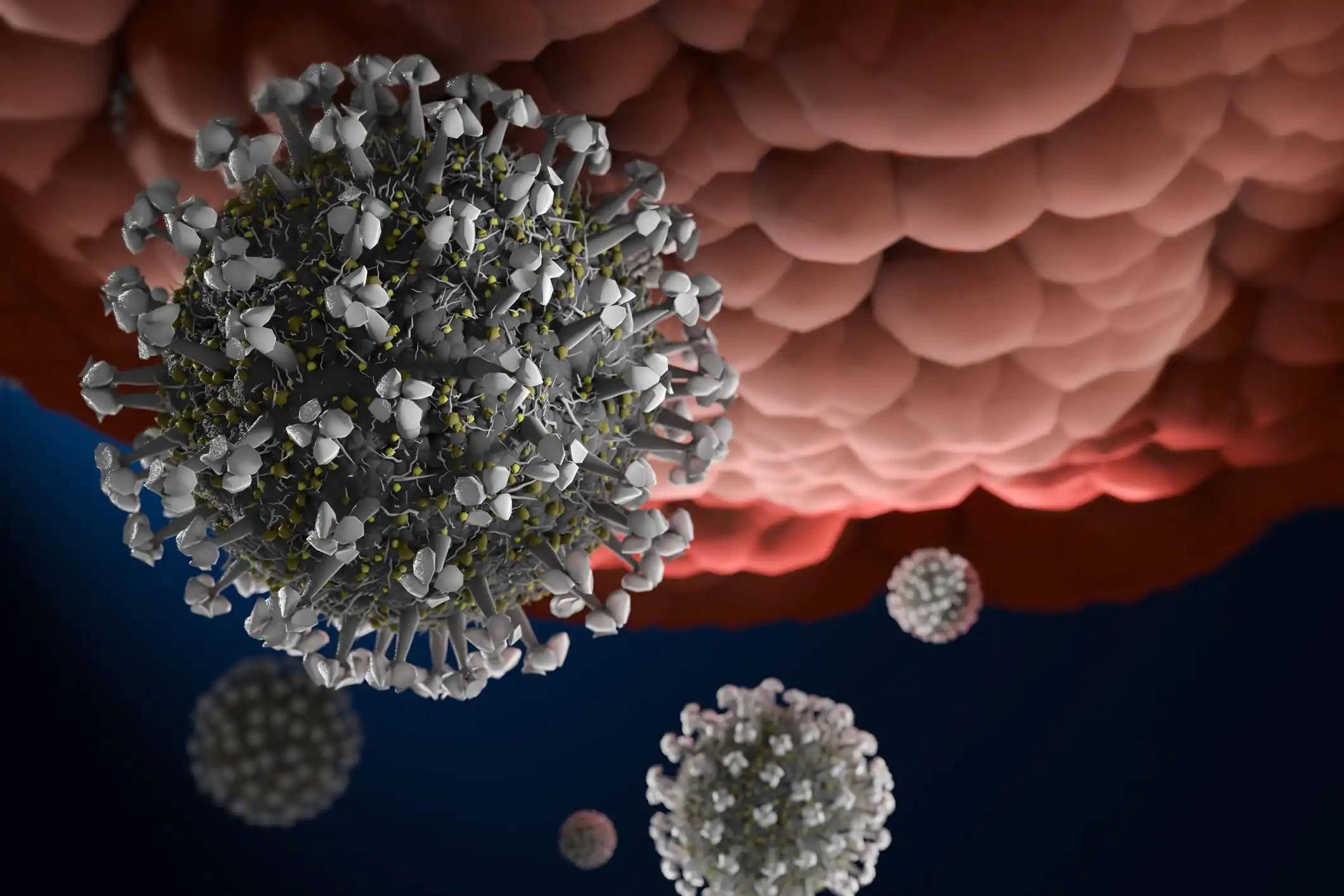KEY TAKEAWAYS
- The C-144-01 clinical trial evaluated the efficacy of Lifileucel TIL cell therapy in patients with advanced melanoma that had progressed after immunotherapy and targeted therapy.
- The ORR was 31%, with a median DOR not reached (NR).
- No difference was established in response to Lifileucel TIL cell therapy.
- Assays revealed no differences between the two groups in TCR clonality, TMB, or immune-related signatures.
- ICI resistance markers were not predictive of response to Lifileucel, implying distinct mechanisms of action.
- Data suggest that Lifileucel TIL cell therapy is effective in ICI-resistant melanoma patients.
A post hoc analysis investigated clinical outcomes and translational assays associated with resistance to immune checkpoint inhibitors (ICI) in the C-144-01 trial (NCT02360579) of lifileucel TIL cell therapy for advanced melanoma. The SITC Immunotherapy Resistance Taskforce defined “primary resistant” as the best overall response (BOR) of progressive disease (PD) to anti–PD-1/PD-L1 after ≥6 wks but ≤6 mo (≥ two cycles) and C-144-01 defined “primary refractory” as BOR of PD to prior ICI. Lifileucel TIL cell therapy demonstrated an overall response rate (ORR) of 31% in patients who progressed after ICI and targeted therapy.
In this analysis, 109 (71%) patients were primary resistant (SITC definition), and 83 (54%) were primary refractory (study definition). ORR in primary resistant patients was 33% (95% CI: 24%, 43%), and the median duration of response (DOR) was not reached (NR; 95% CI: 12.5 mo, NR). In primary refractory pts, ORR was 31% (95% CI: 22%, 42%), and median DOR was NR (95% CI: 15.1 mo, NR). Tumors resected for lifileucel manufacturing after ICI exposure were analyzed for TCR clonality, tumor mutational burden (TMB), gene expression, and gene mutations. Hierarchical clustering of immune-related signatures was also conducted.
There was no significant difference in TCR clonality, TMB, or immune-related signatures between primary resistant/refractory and non-primary resistant/refractory tumors. Immune-related signatures and resistance pathways associated with ICI resistance did not predict lifileucel response, indicating distinct and unrelated mechanisms of action. This post hoc analysis results suggest that response to lifileucel does not differ by definition of ICI primary resistance, and no underlying biological difference in resected tumors was observed. This indicates that the distinct mechanisms of action of TIL cell therapy and ICI result in similar outcomes after lifileucel, irrespective of the definition of ICI resistance.
Source:https://tandem.confex.com/tandem/2023/meetingapp.cgi/Paper/21009
Clinical Trial:https://clinicaltrials.gov/ct2/show/NCT02360579
Sarnaik, A., Chesney, J., Medina, T., Hamid, O., Thomas, S., Wermke, M., Gontcharova, V., Damirchi, B., Dean, J., Mastellar, E., Wu, X., Shi, W. and Kluger, H. (2023). Response to Lifileucel Tumor-Infiltrating Lymphocyte (TIL) Cell Therapy after ICI Resistance Regardless of Definition: An Analysis of the C-144-01 Trial in Patients with Advanced Melanoma. [online] tandem.confex.com. Available at: https://tandem.confex.com/tandem/2023/meetingapp.cgi/Paper/21009 [Accessed 18 Feb. 2023].



